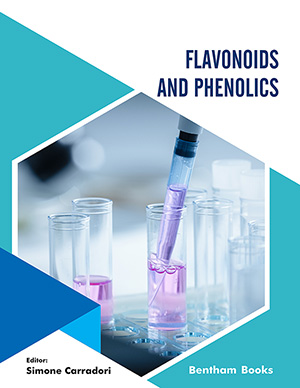Abstract
The combretastatins are a family of stilbene phenolic natural products isolated from the bark of the South African bush willow tree Combretum caffrum. Since their isolation and structural elucidation, these molecules have attracted a lot of interest due to their potent cytotoxic activity against several human cancer cell lines. Combretastatin A-4, a cis-stilbene, is the most potent member of these natural products, has the ability to strongly inhibit tubulin polymerization, resulting in high cytotoxic activity. Indeed, it also displays an additional activity as a potent vascular disrupting agent. This interesting double bioactive profile accounts for the potent antiproliferative and antivascular action in tumors. However, combretastatin A-4, due to the sensitive cis-stilbene moiety, is prone to isomerization giving the less bioactive trans-isomer and exhibits diminished water solubility. Hence, a wide panel of synthetic derivatives were therefore developed with the aim of overcoming these limitations. The development of prodrugs such as fosbretabulin, ombrabulin and Oxi4503 isrepresentative of successful attempts to overcome pharmacokinetic disadvantages, whereas the most recent approaches aim to develop combretastatin prodrugs able to selectively target tumor site, possessing also theranostic properties. Herein, miscellaneous and the most potent synthetic analogues are presented. In addition, a general outlook on combretastatin derivatives and drug delivery approaches based on innovative nanoformulations is also presented.
Keywords: Anticancer, Combretastatin, Cytotoxic, Colchicine Binding Site, Drug Delivery System, Heterocyclic Derivatives, Natural Compounds, Nanoformulation, Prodrugs, Photoresponsive Hybrid, Stilbene, Structure-activity Relationships, Tubulin Polymerization, Vascular Disrupting Agent.






















